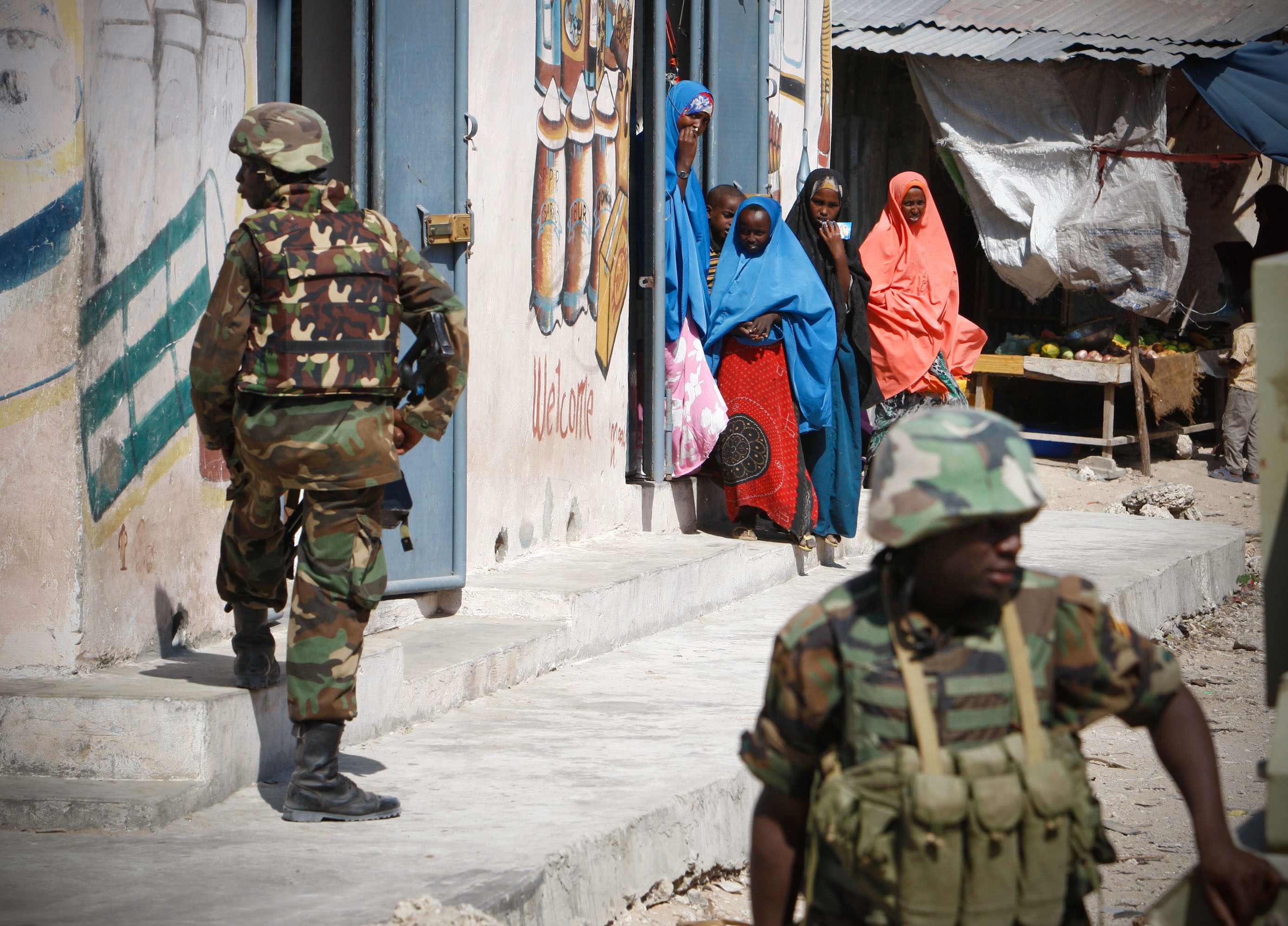
New estimates published in The Lancet suggest that armed conflicts across the continent of Africa may have resulted in the deaths of as many as 5 million children aged under 5 years between 1995 and 2015, and claimed the lives of over 3 million infants aged one year or younger–a burden several times higher than previous estimates.
Strikingly, estimates for civilian infant deaths outnumbered armed conflict deaths by more than three to one.
The study highlights the enormous toll of conflict on children not involved in combat who die from direct injures as well as easily preventable diseases such as dysentery or measles, or from hunger and malnutrition, and underscore the importance of improving child health in areas of conflict.
The researchers caution that the measurement of child deaths due to conflict is beset with data and methodological issues that might affect the accuracy of the estimates, not least the difficulties of collecting data in conflict situations, the imprecise nature of location information, and the effect of conflict-induced migration.
“Our study suggests that armed conflicts across the continent of Africa have killed many more civilian children than originally believed. Conflict appears to substantially increase the risk of death and stunting of young children over vast areas and for many years after conflicts have ended”, says Dr. Eran Bendavid from Stanford University, California, USA who led the research.
“The impact of modern war generates a series of lethal but indirect impacts on communities caused by potentially preventable infectious diseases, malnutrition, and disruption of basic services such as water, sanitation, and maternal healthcare. These deaths are among the major challenges to achieving the Sustainable Development Goals.”
Since 1989, three-quarters of non-state armed conflicts have taken place in countries in Africa.[2] The extent to which armed conflicts such as civil wars, rebellions, and interstate conflicts drive child mortality is largely unmeasured and remains poorly understood.
To explore this further, researchers analysed data from the Uppsala Conflict Data Program including 35 of 54 countries in Africa involving 15,441 conflict events that resulted in 968,444 armed conflict deaths between 1995 and 2015. [3] They used the information to geospatially link 1.9 million births and 204,101 child and 133,361 infant deaths from nationally representative Demographic Health Surveys (DHS) to armed conflict events, and then estimated the risk of death for infants (younger than 1 year) and children (under 5) according to proximity to the armed conflict and time after conflict resolution (ie, lingering conflict effects). The average infant mortality rate in the African countries studied was 67 deaths per 1000 births (for all areas with war or not).
Results showed that infants born within 50km of an armed conflict event had a greater (7.7%) risk of dying in their first year of life compared to those born in the same region during years without conflict (corresponding to an absolute increase of 5.2 deaths per 1000 births above what the average was in their region).
This increase in mortality risk also rose with exposure to conflicts with higher intensity–with the risk rising by as much as 27% above what would otherwise be expected when conflicts in which more than a thousand people were killed took place. Infant mortality was also four times higher in conflicts lasting 5 consecutive years or more compared to less than one year.
Importantly, this higher risk of mortality persisted up to distances of 100km from a conflict event and for children born up to 8 years after conflicts subsided.
The researchers then estimated that armed conflicts throughout Africa (including all 54 countries) have resulted in the deaths of an extra 3.1-3.5 million infants (6.6%-7.3% of all infant deaths over the 20 year period) and 4.9-5.5 million children under 5 (6.6-7.4% of all deaths in under 5s) between 1995 and 2015–10 times higher than the Global Burden of Disease 2015 estimates which reported that conflict accounts for less than 0.4% of child deaths.
Further analyses revealed that conflict heightened the risk of stunting and neonatal mortality, suggesting possible harms to maternal health and care during pregnancy, labour, and delivery.
According to Dr. Bendavid, “Our estimates of the impact of armed conflict are substantial, and suggest that conflict might be a sizeable, under-recognised risk factor for child mortality. These deaths rival other significant causes of death in Africa, including malnutrition. Our findings also indicate that the true burden of conflict on health in Africa, and probably elsewhere, is largely unknown, and the figures don’t capture the wider impact, such as effects on other vulnerable populations including young women, non-fatal disease and injury, and long-term disability and trauma.”
The authors note that their findings are limited by the observational nature of the data. In addition, although they controlled for differences between areas where conflict does and does not occur, general time trends, and seasonality, they were unable to control for all residual confounders that may affect the risk of war and child mortality at the same time at a local level. They also note that the average effect of conflict on mortality risk used to calculate numbers of conflict-related deaths might not be applicable to some countries like Somalia and Sudan that have been plagued by conflict for decades. Finally, the study could only partially account for the effect of conflict-induced migration and displacement or different types of conflict.
Writing in a linked Comment, Dr. Emelda Okiro from the Kenya Medical Research Institute, Wellcome Trust Research Programme, Nairobi, Kenya and Dr. Philip Ayieko from the London School of Hygiene and Tropical Medicine based in Mwanza, Tanzania discuss the data and methodological difficulties of measuring the effect of conflict on child deaths. They add, “Wagner and colleagues’ work makes a substantial contribution to the understanding of the indirect effects of conflict on child mortality…Childhood deaths due to conflicts present a real threat to the achievement of the global target of ending preventable deaths of children by 2030.”

